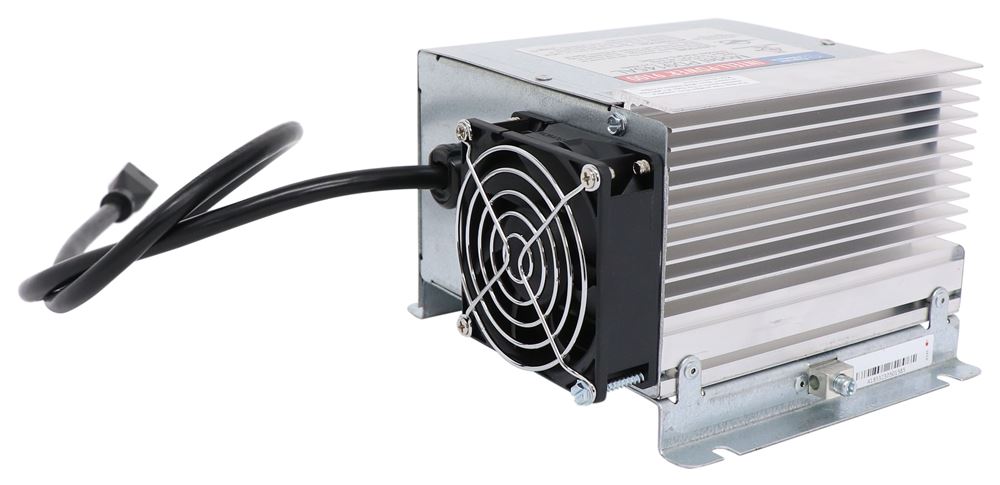


Electrons flow between the two due to a chemical reaction, and wallah! – you have electricity.įor more information, see our Ultimate Guide to Your RV Batteries. A separator plate keeps the plates from touching. It’s a simple affair: Two plates (anode and cathode) are submerged in an aqueous sulfuric acid solution (electrolyte). And since then, it really hasn’t changed much. Please read our Ultimate Guide to the RV inverter here.Īlmost all RV batteries from OEMs and dealers are some type of lead-acid battery, whether flooded, AGM, gel, etc.īefore we roll out the red carpet for lithium batteries, let’s bid farewell to the old guard: the lead-acid battery.īy the 1950s, the familiar flooded 12-volt lead-acid battery had established itself as the battery of choice for the automotive and RV markets. Some RVs have an inverter that inverts 12VDC battery power to 120VAC electricity to power your larger appliances.Please read our Ultimate Guide to the RV Converter here. Virtually all RVs have a converter that converts shore power into 12VDC power to charge your battery and run your small appliances while plugged in.Your RV has at least some ability to connect the two systems.

You get 12VDC power from onboard “house” batteries. You get 120VAC power by plugging into shore power at a developed campground or house. Larger appliances, such as your microwave and air conditioner, run on 120VAC. Small items, like lights and fans, run on 12VDC. Otherwise, skip ahead.)Īll RVs have two electrical systems: 12-volt direct current (12VDC) and 120-volt alternating current (12VAC). (If you’re new to RVing, please read this 2-minute primer on RV batteries and electricity.


 0 kommentar(er)
0 kommentar(er)
